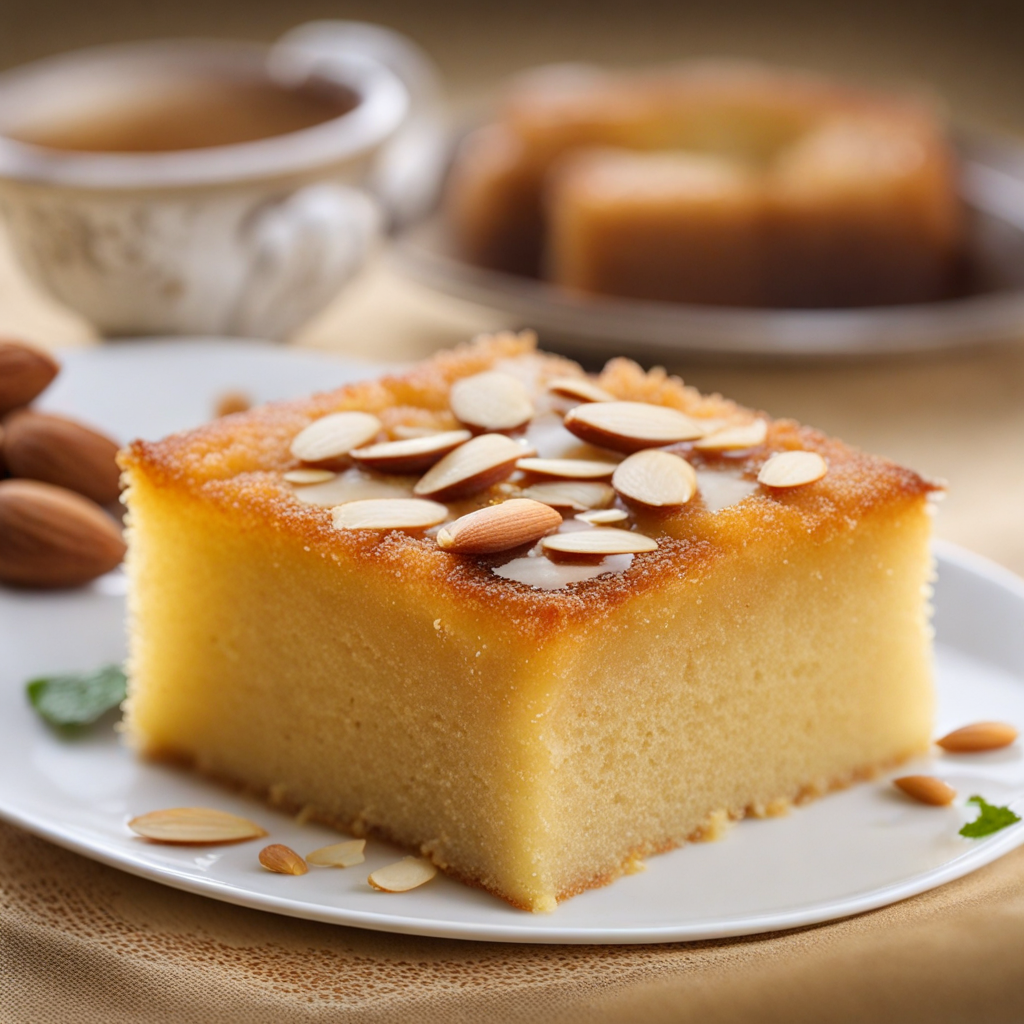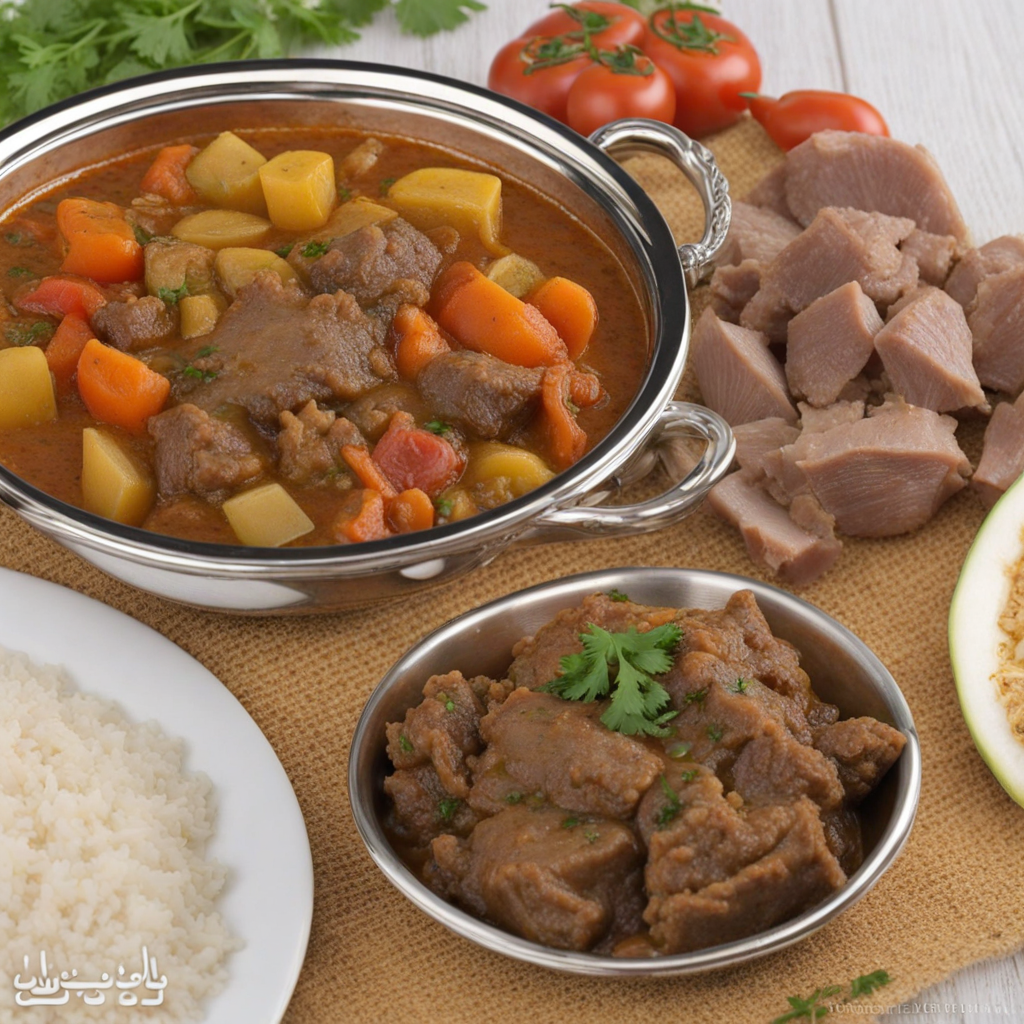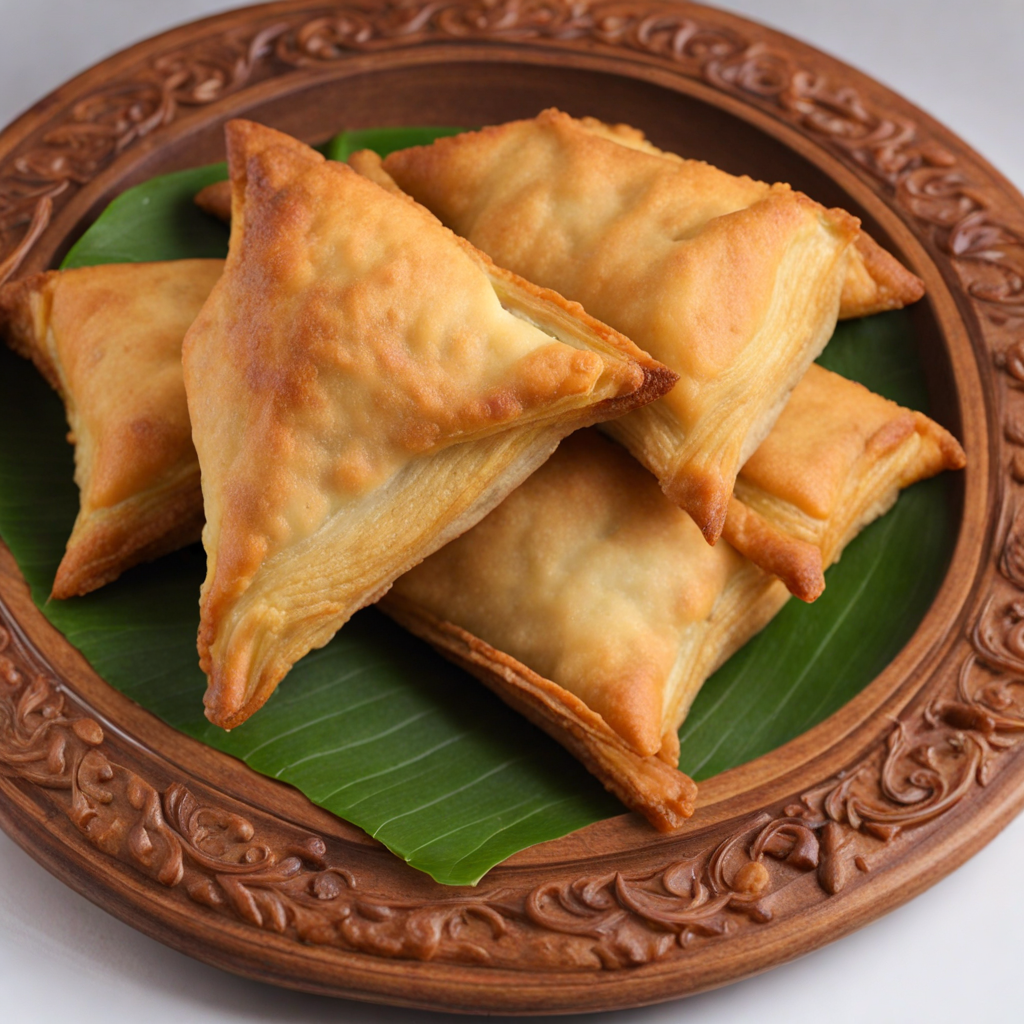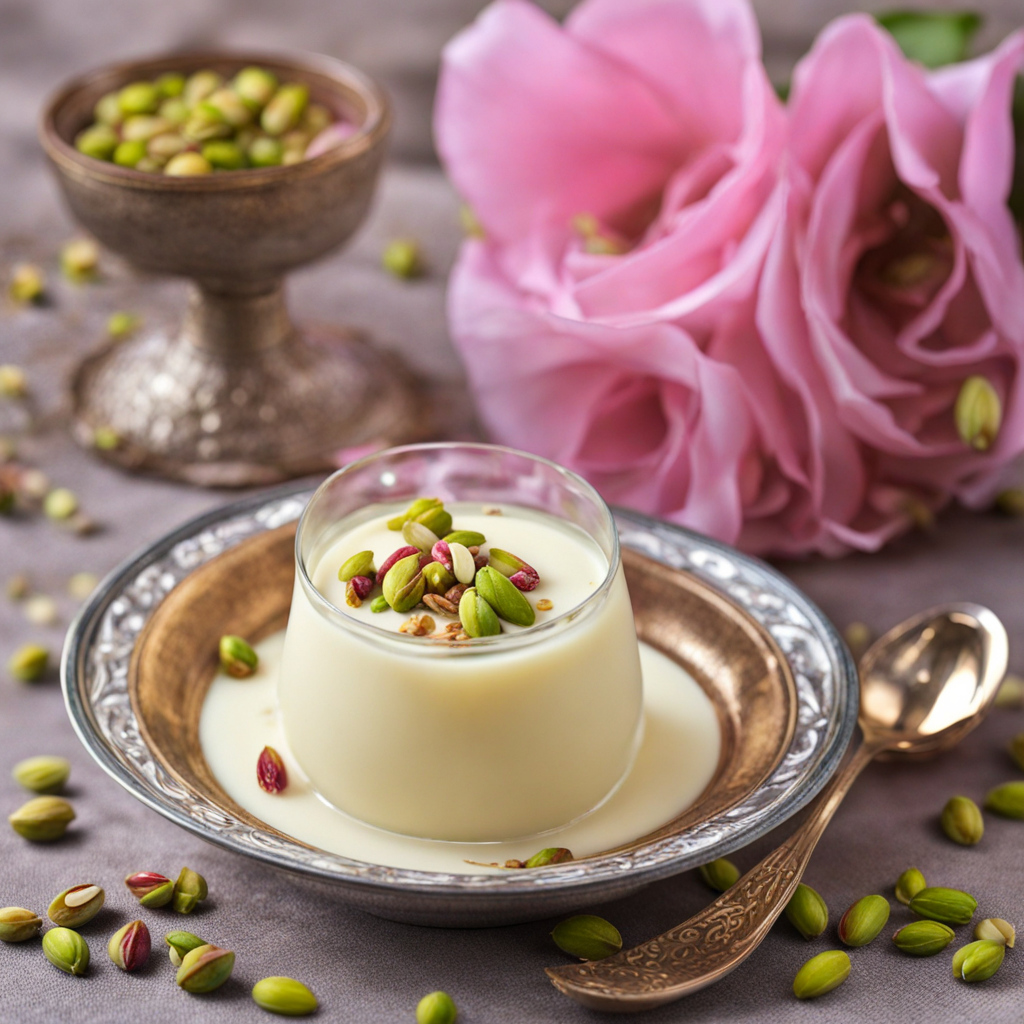Basbousa
Basma or Basbousa is a traditional Middle Eastern dessert that holds a cherished place in Kuwaiti cuisine. This semolina-based sweet dish is particularly popular during festive occasions and family gatherings, often accompanied by cups of strong Arabic coffee or tea. The origins of Basbousa can be traced back to ancient times, with its roots deeply embedded in the culinary traditions of the Levant region. Over the years, it has evolved and adapted through various cultures, with each country adding its unique flair to the dish. The flavor profile of Basbousa is a delightful balance between sweetness and nuttiness. The dessert is often infused with a hint of rosewater or orange blossom water, which adds a fragrant floral note that elevates its taste. The syrup, typically made from sugar and water, is poured over the cake after baking, soaking into the semolina layers and creating a moist, tender texture. This syrup can also be flavored with lemon juice or additional floral essences, contributing to a complex sweetness that is not overwhelmingly sugary. Preparation of Basbousa is relatively straightforward, making it an accessible dessert for home cooks. The key ingredient is semolina, which is combined with yogurt, sugar, baking powder, and sometimes desiccated coconut to create a thick batter. This mixture is poured into a greased baking dish and smoothed out evenly before being topped with blanched almonds or pine nuts for added crunch and visual appeal. The dish is then baked until golden brown, which
How It Became This Dish
Origin of Basbousa Basbousa, also known as Hareeseh or Revani in some regions, is a semolina-based dessert that finds its roots in the Middle Eastern culinary tradition. Its precise origins are somewhat debated, with various theories attributing its creation to different countries across the region. While many believe that it originated in ancient Egypt, the dish gained significant popularity in the Levant and the Arabian Peninsula, particularly in Kuwait. The use of semolina, a coarse flour made from durum wheat, is a defining characteristic of this sweet treat, contributing to its unique texture and flavor profile. The name "Basbousa" itself is derived from the Arabic word "basbasa," which means "to moisten." This refers to the method of preparing the dish, where the semolina cake is soaked in a sweet syrup, enhancing its moisture and sweetness. In Kuwait, Basbousa is often flavored with a hint of rose or orange blossom water, giving it a floral aroma that complements its rich, buttery taste. \n\n Cultural Significance In Kuwaiti culture, Basbousa holds a special place, often reserved for celebrations and gatherings. It is a staple dessert during Ramadan, the holy month of fasting, where it is served to break the fast each evening. The act of preparing and sharing Basbousa during this time fosters community and connection, as families and friends come together to enjoy this beloved sweet. Moreover, Basbousa is frequently featured at weddings, birthdays, and other festive occasions, symbolizing hospitality and generosity. The dessert's rich flavors and inviting presentation make it a favorite among guests, reflecting the warmth and welcoming nature of Kuwaiti culture. In many households, recipes for Basbousa are passed down through generations, each family adding their unique twist, whether through the addition of nuts, coconut, or different syrups. \n\n Development Over Time As Basbousa traveled through time and space, it evolved to encompass a variety of regional adaptations. In Kuwait, traditional recipes have remained largely unchanged, yet modern influences have introduced new ingredients and techniques. For instance, the use of yogurt in some variations adds a tangy richness to the cake, resulting in a moist and tender texture. The globalization of culinary practices has also led to the emergence of fusion versions of Basbousa. Chefs and home cooks alike experiment with flavors, incorporating elements from other cuisines, such as chocolate, caramel, or exotic spices, to create contemporary interpretations of this classic dessert. This evolution reflects a broader trend in the culinary world, where traditional foods are reimagined to suit changing palates and preferences. \n\n Preparation and Ingredients The traditional preparation of Basbousa is relatively straightforward, making it accessible to many home cooks. The primary ingredients include semolina, sugar, butter, and yogurt, which are combined to create a thick batter. Once baked, the cake is cut into diamond or square shapes and soaked in a syrup made from sugar, water, and lemon juice, sometimes infused with rose or orange blossom water for added flavor. The simplicity of the recipe belies the depth of flavor that can be achieved. The golden crust that forms during baking contrasts beautifully with the syrup-soaked interior, creating a delightful experience for the palate. Nuts, such as almonds or pistachios, are commonly used as a garnish, adding texture and visual appeal. \n\n Variations Across the Region While Basbousa is a beloved dessert in Kuwait, it is equally adored in other parts of the Middle East and North Africa, each region adding its own flair. In Egypt, for example, a similar dish known as "Harissa" is made with the same base ingredients but often features a denser texture and is sometimes topped with a layer of coconut. In Turkey, the dessert is known as "Revani," and it may include the addition of semolina or even flour, resulting in a slightly different taste and consistency. The Turkish version is also typically soaked in syrup, similar to its Kuwaiti counterpart, but may incorporate different flavorings, such as walnuts or citrus zest. \n\n Modern Evolution and Globalization In recent years, Basbousa has gained international popularity, finding its way onto menus in Middle Eastern restaurants around the world. This globalization of the dish has introduced it to new audiences, who are captivated by its unique flavors and textures. Social media platforms have played a significant role in this trend, allowing food lovers to share their own interpretations and variations of Basbousa, further fueling its popularity. As chefs experiment with contemporary presentations and unique flavor combinations, Basbousa is being reimagined in exciting ways. From Basbousa cupcakes to Basbousa parfaits, the dessert is being integrated into modern culinary contexts, appealing to both traditionalists and adventurous eaters alike. \n\n Conclusion The journey of Basbousa from its ancient origins to its contemporary iterations is a testament to the enduring appeal of this beloved dessert. In Kuwait, it continues to be a symbol of hospitality and cultural pride, cherished by families and communities alike. As it evolves with the times, Basbousa remains a delicious reminder of the rich culinary heritage of the Middle East, inviting all to partake in its sweet legacy.
You may like
Discover local flavors from Kuwait







